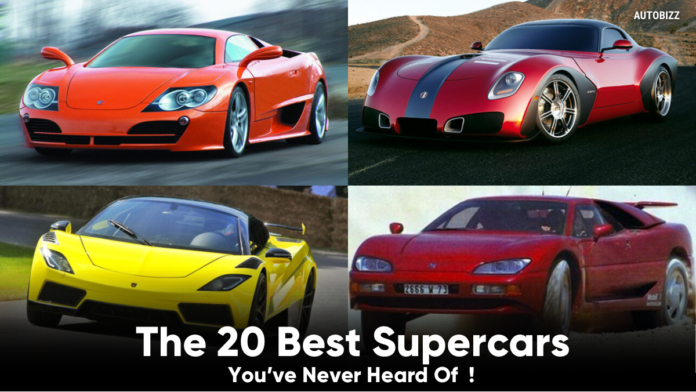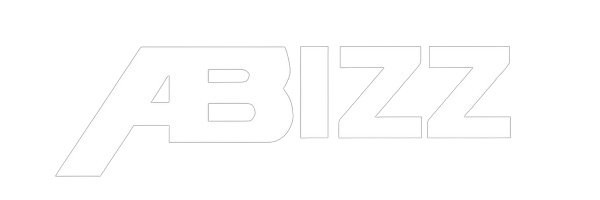Variety is the spice of life, and this is especially true in the supercar area of the automotive industry. Because, let’s face it, it’s a fact. Although there’s no doubting the cutting-edge engineering and overall aesthetic splendour that comes with any car from Ferrari or Lamborghini, they all start to feel a little derivative after a while. It’s not a case of complacency — after all, the Prancing Horse and the Raging Bull are two of the world’s most well-known marques — but rather one of necessity. Because, in a game of sink or swim, being too different can put you at a competitive disadvantage, at least in terms of sales.
Supercars You’ve Never Heard
- 1. Aixam Mega Track
- 2. Arash AF8
- 3. Ascari KZ1
- 4. Bristol Fighter
- 5. Cizet V16T
- 6. Covini C6W
- 7. Devon GTX
- 8. Dome Zero
- 9. Equus Bass 770
- 10. Gigliato Aerosa
- 11. Isdera Commendatore
- 12. Kodiak F1
- 13. Laraki Fulgura
- 14. Lotec Sirius
- 15. Panoz Aruzzi
- 16. Spania GTA Spano
- 17. Trident Magna
- 18. Trion Nemesis
- 19. Vencer Sarthe
- 20. W Motors Fenyr Sypersports
So, despite the fact that many of the cars we’ve showcased here are full of promise, they’ve been confined to obscurity due to their ridiculous performance promises, outlandish asking costs, and exceedingly low sales volumes. It’s a shame, because we need more manufacturers who are willing to take chances and experiment outside of the box. The six-wheeled C6W isn’t another milk toast mid-engined supercar; it’s something daring and different. It may only appeal to a small (and wealthy) segment of the market, but that doesn’t make it any less deserving of attention. Having scoured the web for some of the least-known automakers the world has to offer, below we’ve rounded up 20 of the best supercars you’ve never heard of. Read on to see our picks.
1. Aixam Mega Track
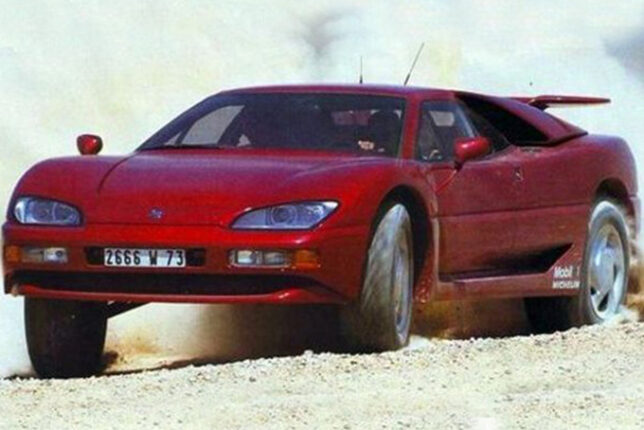
| Power: 389hp Torque: 420lb-ft 0-60mph: 5.8s Top Speed: 155mph |
The Mega Track will tell you everything you need to know about how well a supercar’s beautiful body lines and on-tarmac authority translate to a chunky-tired off-road application. It featured four full-size passenger seats, adjustable 13-inch ground clearance, and full-time four-wheel-drive, and was designed by Mega (the sporty subsidiary of French subcompact specialist Aixam). It was unlike anything the world had ever seen, with a 6.0L naturally-aspirated V12 producing 389hp and 420lb-ft of torque, a 5.8s 0-60mph sprint, and a top speed of 155mph. The same could be said of its $400,000 price tag in 1992.
2. Arash AF8
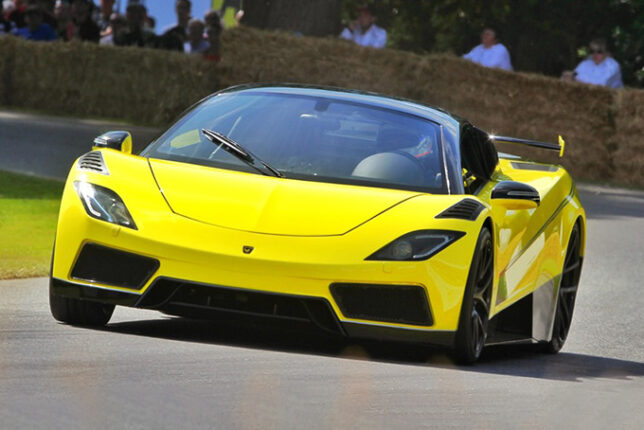
| Power: 560hp Torque: 476lb-ft 0-60mph: 3.5s Top Speed: 200mph |
Arash is a small British supercar manufacturer that began as Farboud Limited in 1999 and changed its name to Arash in 2006. Following the branding, Arash launched a pair of supercars known as the AF10 and AF8 (pictured here). Although the former receives the majority of the attention due to its absurd five-motor hybrid-electric drivetrain, the latter should not be overlooked. The Af8 is similar to the Ferrari 458 and McLaren MP4-12C of the past in many ways: it has a 7.0-liter LS7 V8, weighs only 2,645 pounds, and costs around a quarter-million dollars. Despite numerous earlier failures, the AF8 is the car that has the potential to make Arash a success.
3. Ascari KZ1

| Power: 500hp Torque: 406lb-ft 0-60mph: 3.8s Top Speed: 199mph |
Ascari was a brand that specialised in small-run supercars for both the street and the track, named after an Italian (Alberto Ascari, the first-ever double winner of the World Championship of Drivers), established by a Dutchman, and based in England. The KZ1 was not only the automaker’s second model, but it was also a road-going version of the race-ready A410 Le Mans prototype. Each car had a bespoke carbon fibre monocoque body and a 500 horsepower naturally aspirated 5.0L V8 engine. As an added bonus, buyers were able to test drive their KZ1s at the Ascari Race Resort in Spain.
4. Bristol Fighter
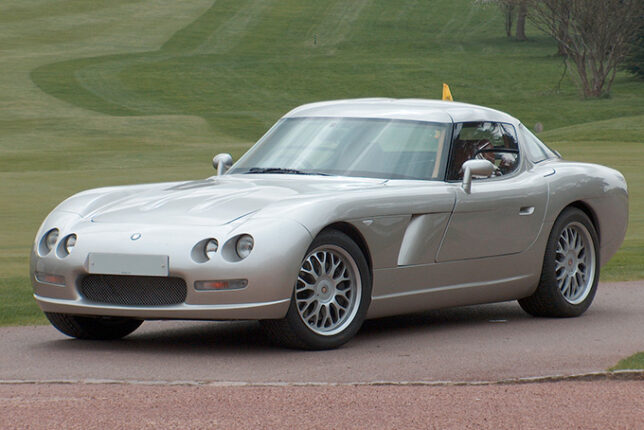
| Power: 525hp Torque: 525lb-ft 0-60mph: 4.0s Top Speed: 210mph |
If you took a Dodge Viper, gave it some British styling, and added a pair of gullwing doors, you’d probably end up with something that looked a lot like the Bristol Fighter. It had a V10 engine with 525hp and 525 lb-ft of torque hidden beneath its long hood. The engine, which can be mated to either a six-speed manual or a four-speed automatic, is said to accelerate the Fighter to 60 mph in just 4.0 seconds before soaring to 210 mph. If you think they are remarkable numbers for the early 2000s, consider what would have happened if Bristol had created the Fighter T, a turbocharged 1,012hp model with a 0.27 drag coefficient.
5. Cizet V16T
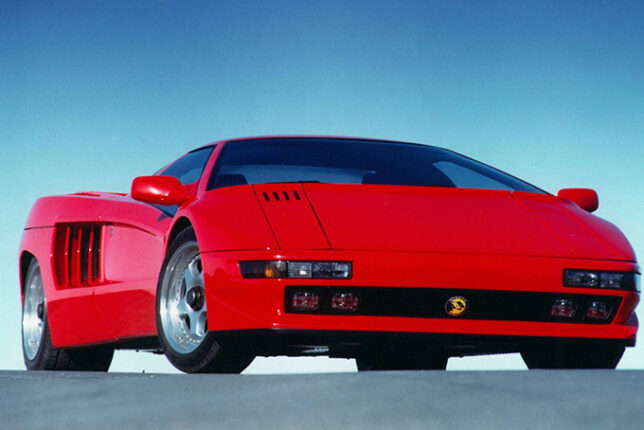
| Power: 540hp Torque: 400lb-ft 0-60mph: 4.5s Top Speed: 205mph |
The Cizeta V16T is certainly a one-of-a-kind car, the result of a collaboration between automotive designer Claudio Zampolli and musical composer Giorgio Moroder. It was designed by a group of ex-Lamborghini employees and embodied much of the Raging Bull’s typical excess. It had a real V16 engine, four pop-up headlights, and a long 105.9-inch wheelbase, in addition to its angular Diablo-esque design. Although it first aired in 1988 and was discontinued in 1995, a second run began in 2006 and is allegedly still available by request today.
6. Covini C6W
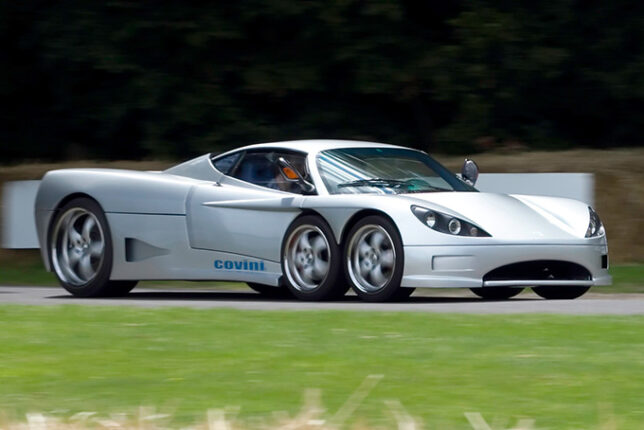
| Power: 500hp Torque: 350lb-ft 0-60mph: 3.7s Top Speed: 185mph |
The Covini C6W, a powerful six-wheeled beast with a 4.2L Audi V8 throwing all of its 500 hp to the rear, would be missing from any list of obscure supercars. The C6W was expected to be able to corner at much greater speeds, grip better in wet circumstances, and stop much more effectively with two additional contact points and an extra set of brakes. To put it another way, Covini set out to create the safest supercar currently available.
7. Devon GTX
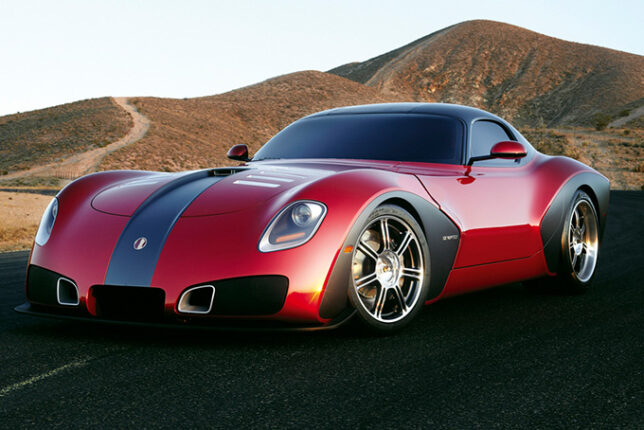
| Power: 650hp Torque: N/A 0-60mph: N/A Top Speed: N/A |
Devon and its GTX are among a lengthy line of other ambitious British supercar businesses. The GTX planned to go into production in 2010 after winning a bid for the fourth-generation Dodge Viper design at the 2009 Pebble Beach Concours d’Elegance. Despite the fact that Devon Motorworks was the only bidder, Chrysler turned down the offer and opted to scrap the automobile entirely. The GTX was eventually cancelled because to a lack of a production platform; if it had been built, it would have had a body made entirely of carbon fibre and a 650hp 8.4L V10 engine.
8. Dome Zero
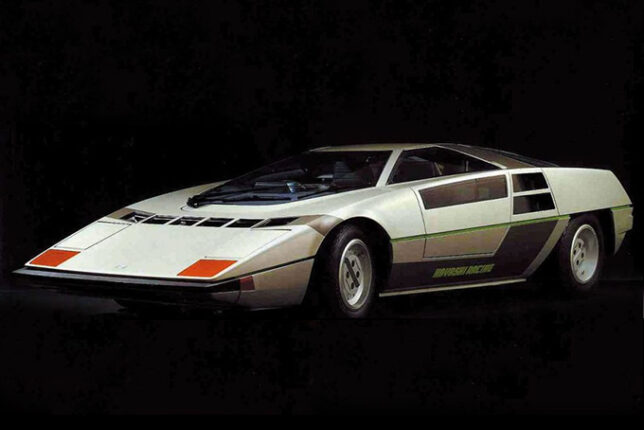
| Power: 143hp Torque: N/A 0-60mph: 6s Top Speed: 140mph |
When most people think about wedge cars from the 1970s, they think of the Ferrari Modulo, Lamborghini Countach, or Lancia Stratos. It’s understandable: it’s not every day that Japan decides to compete with Italy’s design prowess. Nonetheless, Dome was one of these companies, and its eye-catching Zero concept car had the potential to place the Island Nation on the supercar map. When compared to its contemporaries, the Nissan L28 inline-six engine produced just 145 horsepower. It was, nevertheless, the ultimate driver’s automobile due to its low weight (an even tonne), five-speed manual, and reasonable $60,000 price point.
9. Equus Bass 770
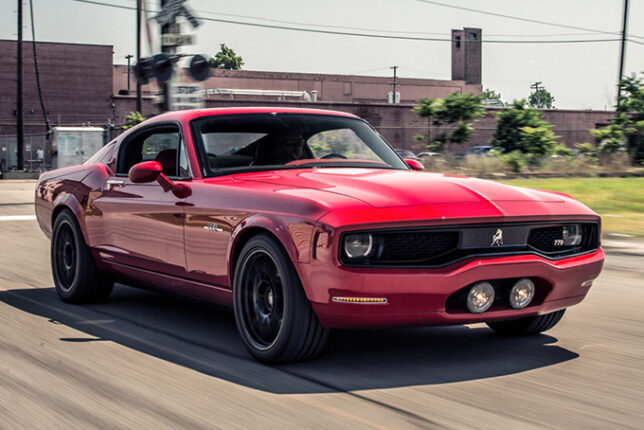
| Power: 640hp Torque: 605lb-ft 0-60mph: 3.4s Top Speed: 200mph |
The Bass 770 is a supercar suitable for individuals who want to ignite their love for 1960s Americana with its vintage muscle-inspired appearance. However, just because it looks like a restomodded Mustang or Charger on the outside, don’t assume it doesn’t have some current performance to back it up. On the contrary, a closer look reveals some significant 21st-century technology, including a 6.2L supercharged engine sourced from a C6 ZR1, a magnetic suspension system, and Brembo carbon-ceramic brakes on all four wheels. Sure, it doesn’t look like your normal exotic, but with a 3.4-second 0-60mph time and a top speed of 200 mph, it proves otherwise.
10. Gigliato Aerosa
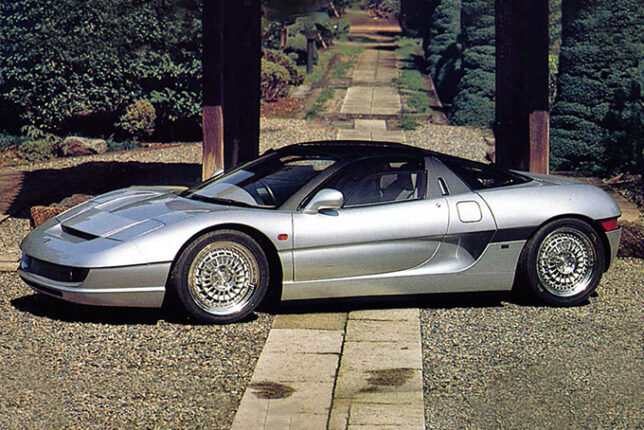
| Power: 650hp Torque: 590lb-ft 0-60mph: 3.2s Top Speed: 205mph |
The Gigliato Design Co., like many other ambitious supercar manufacturers, realised that it needed someone with some skin in the game to make their aspirations a reality. As a result, the car’s engineering was outsourced to Lamborghini, and its distribution headquarters were set to be in Düsseldorf, Germany, after the design was completed in Japan. Not only that, but it also had an American powertrain in the shape of a 4.6L Mustang-derived V8 under the hood. What’s not to like at just $65,000?
11. Isdera Commendatore
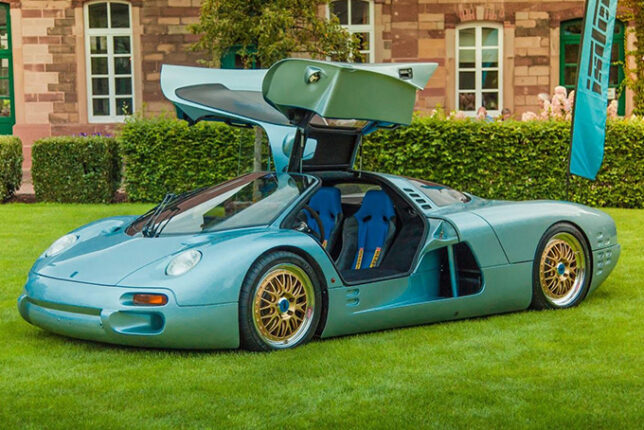
| Power: 402hp Torque: 428lb-ft 0-60mph: 4.7s Top Speed: 212mph |
With a name like the Commendatore 112i (an homage to Enzo Ferrari and his honorary title), Isdera had better be able to deliver on the rest of the car. In a nutshell, they have. The Commendatore 112i, from its 6.0L Mercedes-Benz M120 V12 to its beautifully handcrafted bodywork, not only lives up to its name, but exceeds it. When you examine the performance figures — 4.7 seconds to 60 mph and 212 mph top speed — it just goes to prove that lesser-known supercar makers can compete with the big boys.
12. Kodiak F1

| Power: 320hp Torque: 340lb-ft 0-60mph: 5.2s Top Speed: 142mph |
The Kodiak F1 was the creation of Mladen Mitrovic, a Serbian entrepreneur who ran the Speed & Sport aftermarket parts company. Despite the fact that the car never progressed beyond the prototype stage, it was a remarkable achievement in its own right. It had a 5.7L Chevy small-block V8 from a Corvette under the hood, which produced 320hp. With a ZF manual transmission, Brembo brakes, and Koni shocks, this car has all the makings of a true supercar. Unfortunately, the asking price of $117,000 was a little too much.
13. Laraki Fulgura

| Power: 730hp Torque: 444lb-ft 0-60mph: 3.4s Top Speed: 217mph |
Africa’s first and only supercar is the Laraki Fulgura. It was designed in Morocco and used a lot of the Diablo’s platform, including the frame and many of the mechanical components. The Fulgra was supposed to come with a 920hp quad-turbo Mercedes-Benz 6.0L V12 engine, but it only made 730hp in practise. However, when combined with a seven-speed gearbox and an aerodynamic carbon fibre body, Laraki was able to accelerate from 0 to 60 mph in just 3.4 seconds before reaching its top speed of 217 mph.
14. Lotec Sirius
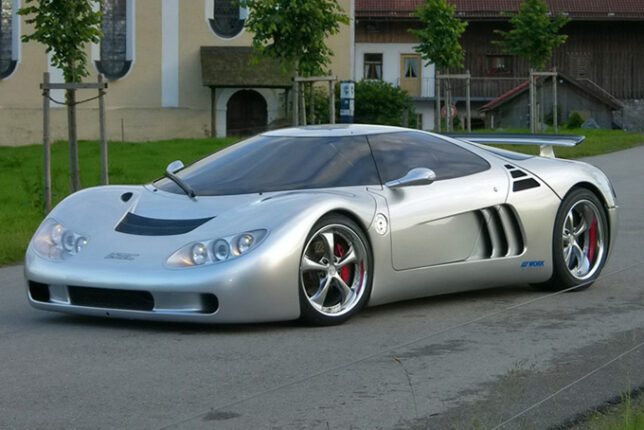
| Power: 1,000hp Torque: 737lb-ft 0-60mph: 3.7s Top Speed: 244mph |
While most people haven’t heard of Lotec, the business has been producing race vehicles for much longer than you might think – since 1962, to be exact. Even so, Lotec didn’t get to put its knowledge to the road until 1990, when an oil baron commissioned a supercar. The result was the Sirius, an automobile with a Mercedes-Benz V12 engine that could produce 1,000hp or possibly 1,200hp depending on tweaking. It was a pricey penny at $385,000, but that’s what a 244mph car cost back in the early 2000s.
15. Panoz Aruzzi
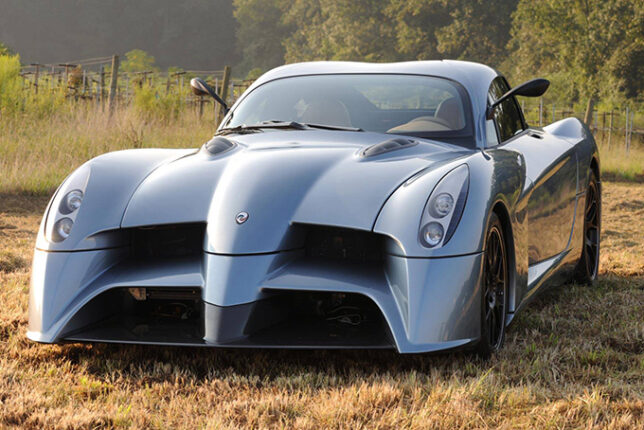
| Power: 650hp Torque: 590lb-ft 0-60mph: 3.2s Top Speed: 205mph |
Dan Panoz created Panoz Automotive Development, a Georgia-based carmaker, in 1989. The Abruzzi was greatly inspired by race-ready vehicles such as the Panoz LMP and GTR-1 of the past, as were many of their road-going automobiles. As a result, it comes with plenty of performance features, such as a composite construction known as Recyclable Energy Absorbing Matrix System (REAMS), a rear transaxle, and a ‘trifecta’ cooling system. A 6.2L LS3 V8 with 650hp and 590lb-ft of torque backs up its intriguing aesthetics.
16. Spania GTA Spano

| Power: 925hp Torque: 900lb-ft 0-60mph: 2.9s Top Speed: 230mph |
Domingo Ochoa spent 20 years racing with the Spania GTA Competición squad before deciding in 2004 to construct his own car. The Spano is a 925hp Viper V10-powered beast that is one of Spain’s best illustrations of what a supercar can be. It has distinctive aerodynamic design components including integrated door air intakes and badge-enabled entry on the outside (meaning no traditional handles). Furthermore, it had certain cutting-edge features at the time of its release, such as a liquid crystal shading system and an aerospace-sourced Chassis consisting of carbon fibre, graphene, titanium, and kevlar.
17. Trident Magna
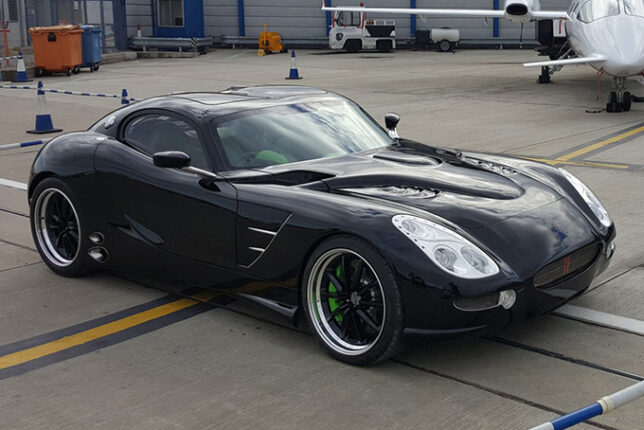
| Power: 660hp Torque: 1,050lb-ft 0-60mph: 2.9s Top Speed: 190mph |
If you have a lot of height, the Nemesis is the ride for you. It provides a welcome change from the cramped conditions found in most supercars on the market, with considerable legroom for drivers up to seven feet tall (and some space in the back for their golf clubs). Under the hood, Trion is talking about some really huge stuff. Thanks to a 2,000hp twin-turbo V8, it’s supposed to be capable of reaching 270mph and 0-60mph in 2.8 seconds.
18. Trion Nemesis
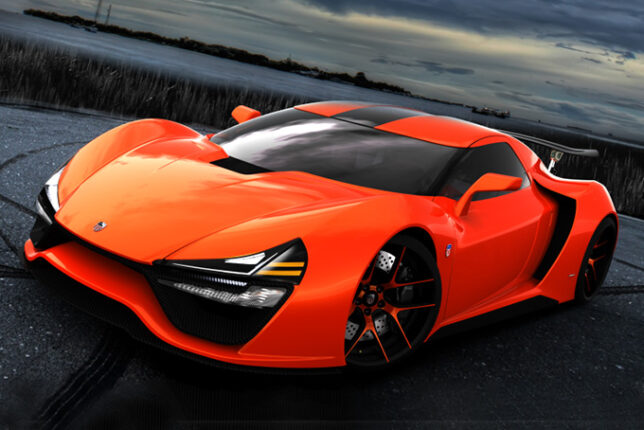
| Power: 2,000hp Torque: 1,011lb-ft 0-60mph: 2.8s Top Speed: 270+mph |
The Nemesis is the ride for you if you’re blessed with a lot of height. It offers a refreshing contrast from the tight circumstances typical of most supercars on the market, with enough legroom for drivers up to seven feet tall (and some space in the back for their golf clubs). Trion is talking some pretty big game under the hood. It’s said to be capable of topping 270mph and 0-60mph in 2.8 seconds, thanks to a 2,000hp twin-turbo V8.
19. Vencer Sarthe

| Power: 622hp Torque: 618lb-ft 0-60mph: 3.6s Top Speed: 210mph |
Many lesser-known supercars, admittedly, never make it due of dubious design mistakes and unrealistic performance claims. The Sarthe, on the other hand, isn’t some secret aspirational effort; it’s simply built in extremely small quantities. It’s a decidedly limited spin on the classic supercar formula, with five to six cars set for assembly during the first year of production (2015) and a maximum 12-vehicle maximum output in the years following. It’s designed to give both an unvarnished driver-oriented cabin and uncompromising on-road performance, and it’s inspired by analogue versions from the 1980s.
20. W Motors Fenyr Sypersports
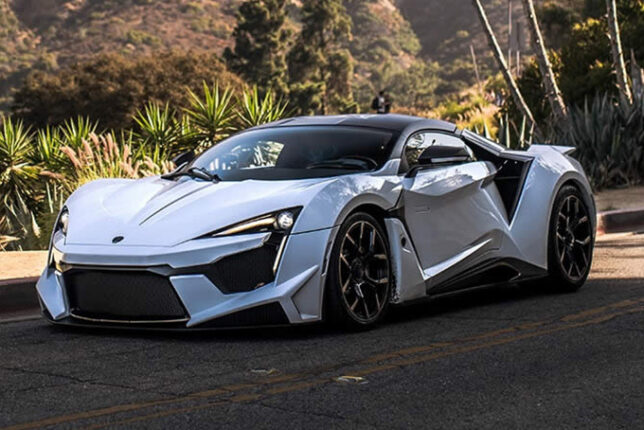
| Power: 800hp Torque: 723lb-ft 0-60mph: 2.8s Top Speed: 249mph |
W Motors first achieved commercial success when the Lykan Hypersport hit the big time and was featured in Furious 7. Not one to rest on its laurels, the Lebanese supercar manufacturer redoubled its efforts and changed its formula to bring the Fenyr to life. It’s superior in every way than the Lykan Hypersport, offering not only higher power (800hp vs. 780hp), but also improved aerodynamics and track capabilities. Given that it can accelerate from 0 to 60 mph in 2.8 seconds and reach speeds of nearly 250 mph, it’s only fitting that it’s named after Fenrir, the Norse god of war.


